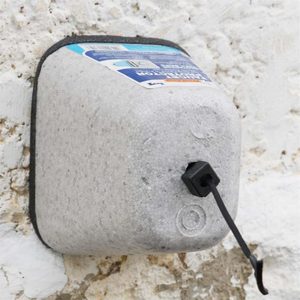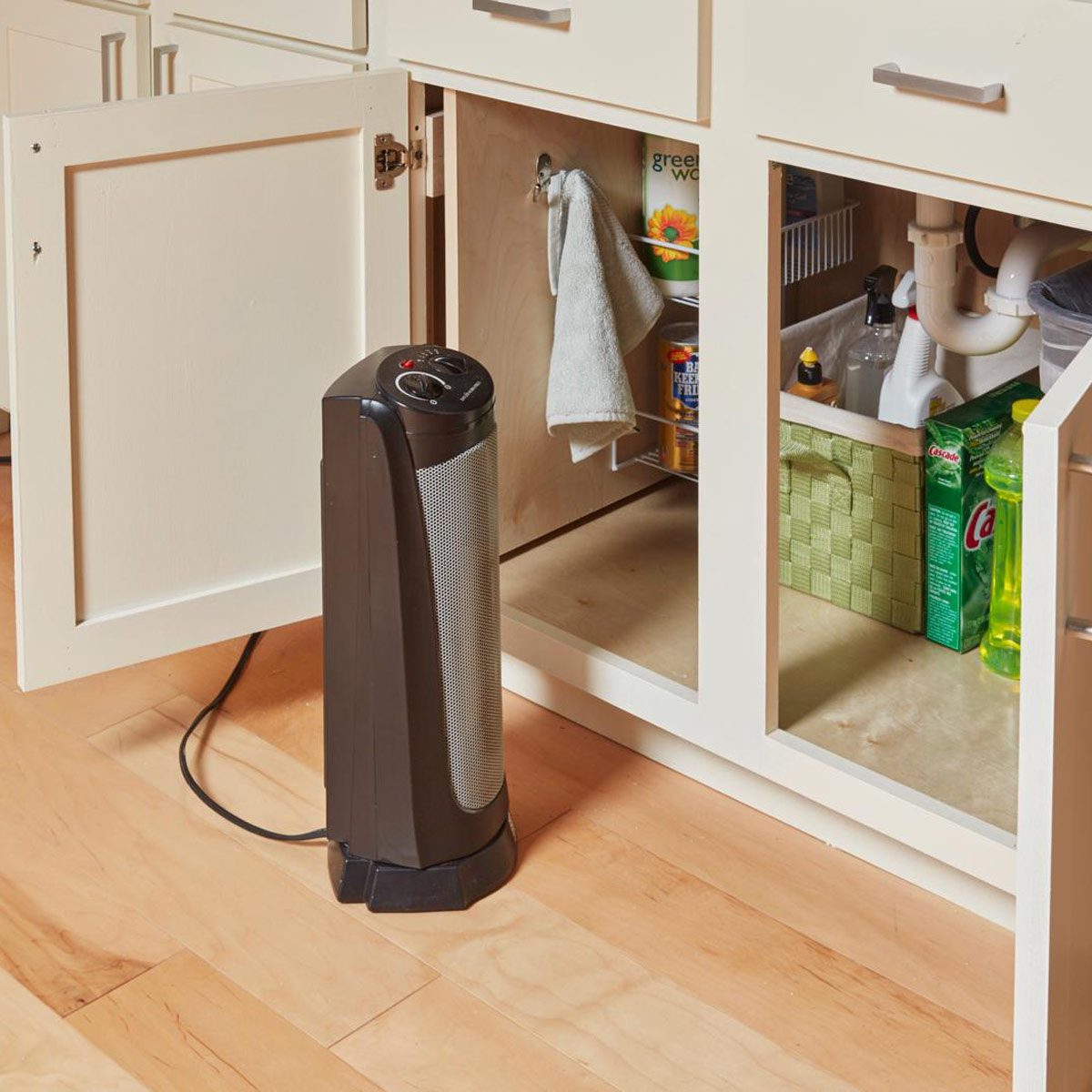How to Safely Thaw and Prevent Frozen Pipes
Updated: Feb. 15, 2023
Here are a few low-cost DIY ways to thaw a frozen pipe and prevent them from freezing in the first place.
A few hours
Beginner
$20-50
Introduction
If your pipes have extremely low or no water flow, they could be frozen. Here are a few low-cost DIY ways to thaw a frozen pipe and prevent them from freezing in the first place.Tools Required
- Cookie sheet
- Extension cord
- Heat gun
- Heat gun or Hair dryer
- Space heater
Materials Required
- Electrical tape
- Foam pipe insulation
- Heat tape
Project step-by-step (8)
Step 1
Find the Problem
- Look for frozen pipes in areas such as the attic, crawl spaces, outside walls, garage and outside faucets.
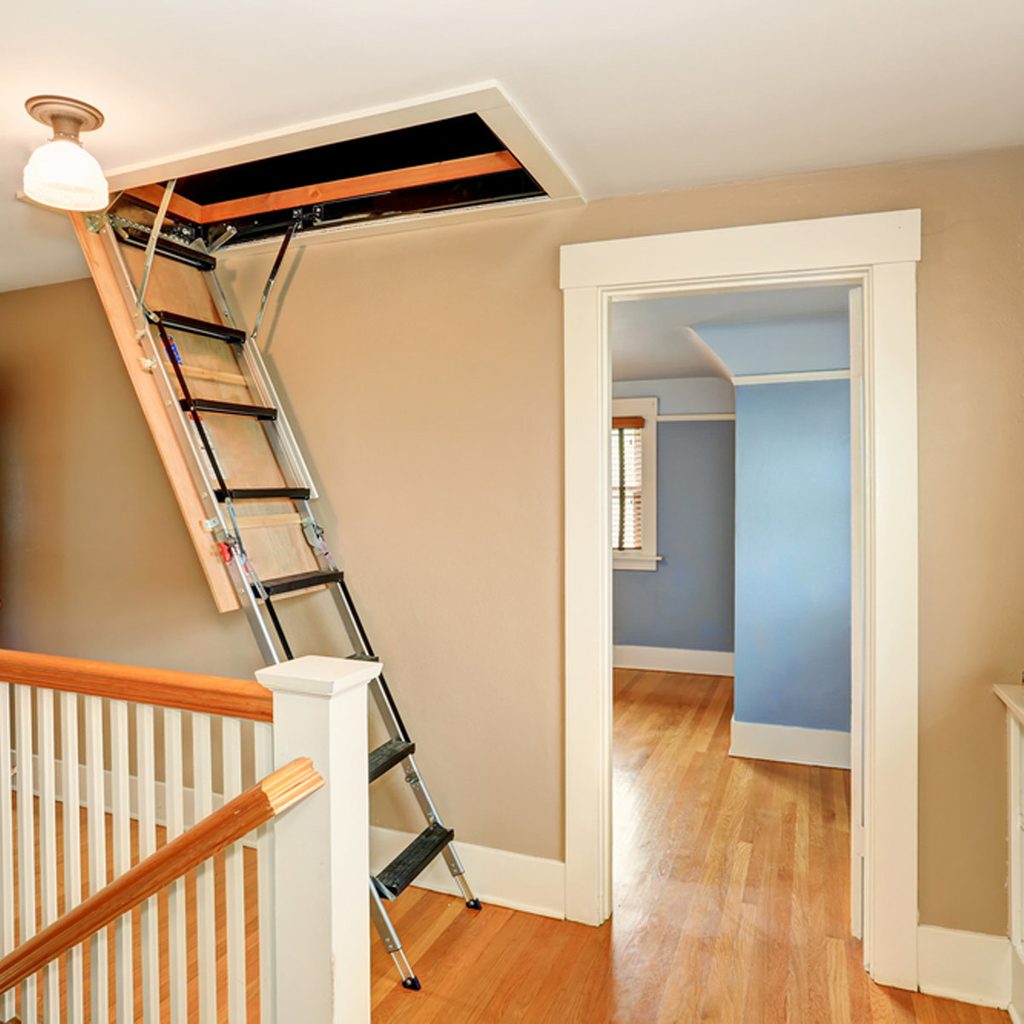
Step 2
Open the Faucets
- Open all the faucets connected to the frozen pipe, allowing the water to flow when it starts to thaw.
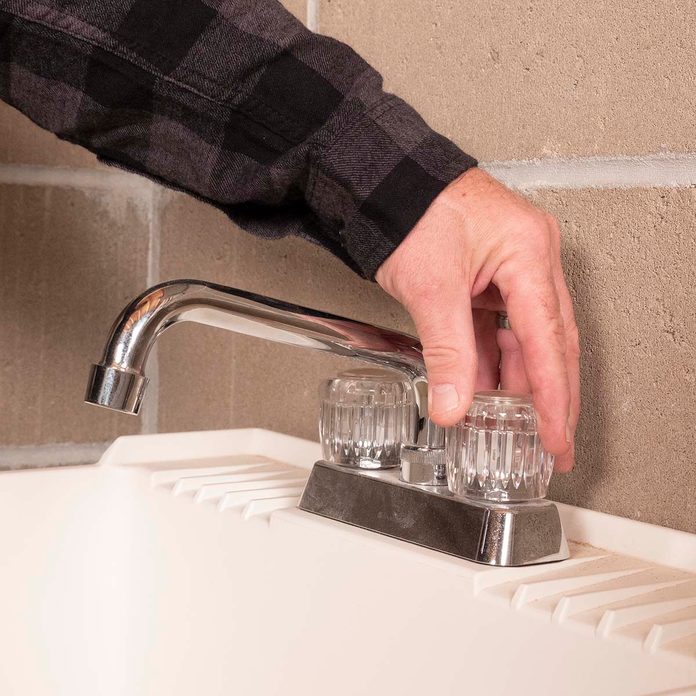
Step 3
Hairdryer or Heat-Gun
- Apply heat to the frozen pipe with a hairdryer or heat gun, as close to the faucet as possible. (Do not let the water come in contact with the hairdryer or heat gun. Do not use a blow torch.)
- Use a piece of sheet metal or aluminum foil behind the pipe as a heat deflector to keep the heat contained in the frozen area. A cookie sheet works well for this, too.

Step 4
Heat Lamp or Space Heater
- Clip a work light with a heat lamp bulb onto the joist next to the frozen pipe. (Be sure that water doesn’t drip onto the hot bulb.)
- Set up a space heater and focus the heat on the frozen pipe area.

Step 5
Heat Tape
- Attach the heat tape to the frozen pipe using electrical tape. Do not wrap the heat tape around the pipe. Be sure the heat sensor makes direct contact with the pipe (see photo).
- Next, wrap the pipe and heat tape with foam pipe insulation.
- Connect the heat tape to a heavy-duty extension cord, keeping the plug away from any dripping water. Plug it into a GFCI outlet.
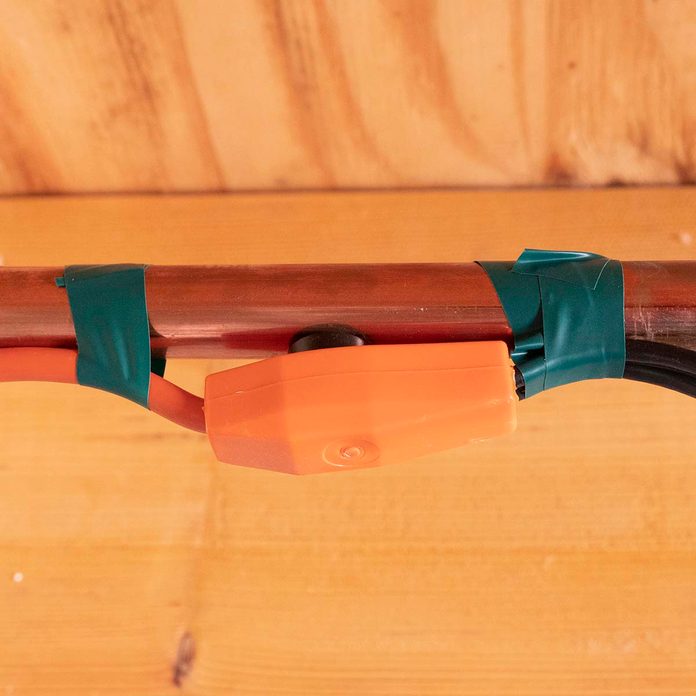

Step 6
Frozen Pipes in Walls
- Turn up the heat or use a space heater to thaw the pipes in the walls. It may take several hours.

Step 7
Spring a Leak
- If the pipe springs a leak while thawing, shut off the main water valve until the leak is fixed.

Step 8
Preventative Measures
- Shut off the supply to the outside faucet.
- Remove the hose and open the faucet allowing the water to drain.
- Install faucet covers on all outside faucets.
- Insulate the pipes in hard-to-heat areas with easy-to-install foam insulation.
- Keep your thermostat at a minimum of 55 degrees F.
- Open cabinet doors with exposed pipes in them.
- A slow dripping faucet can keep your pipes from freezing.
